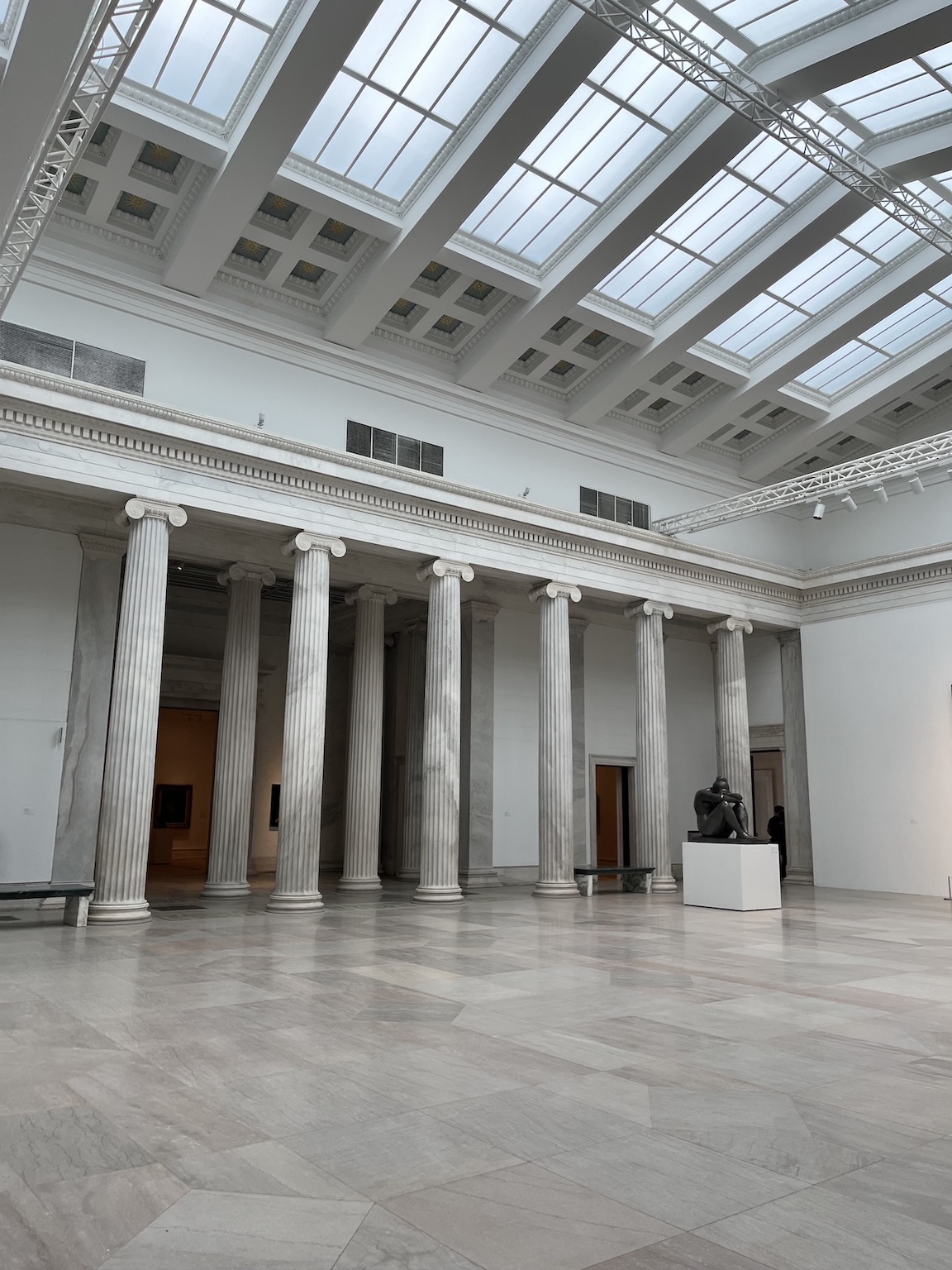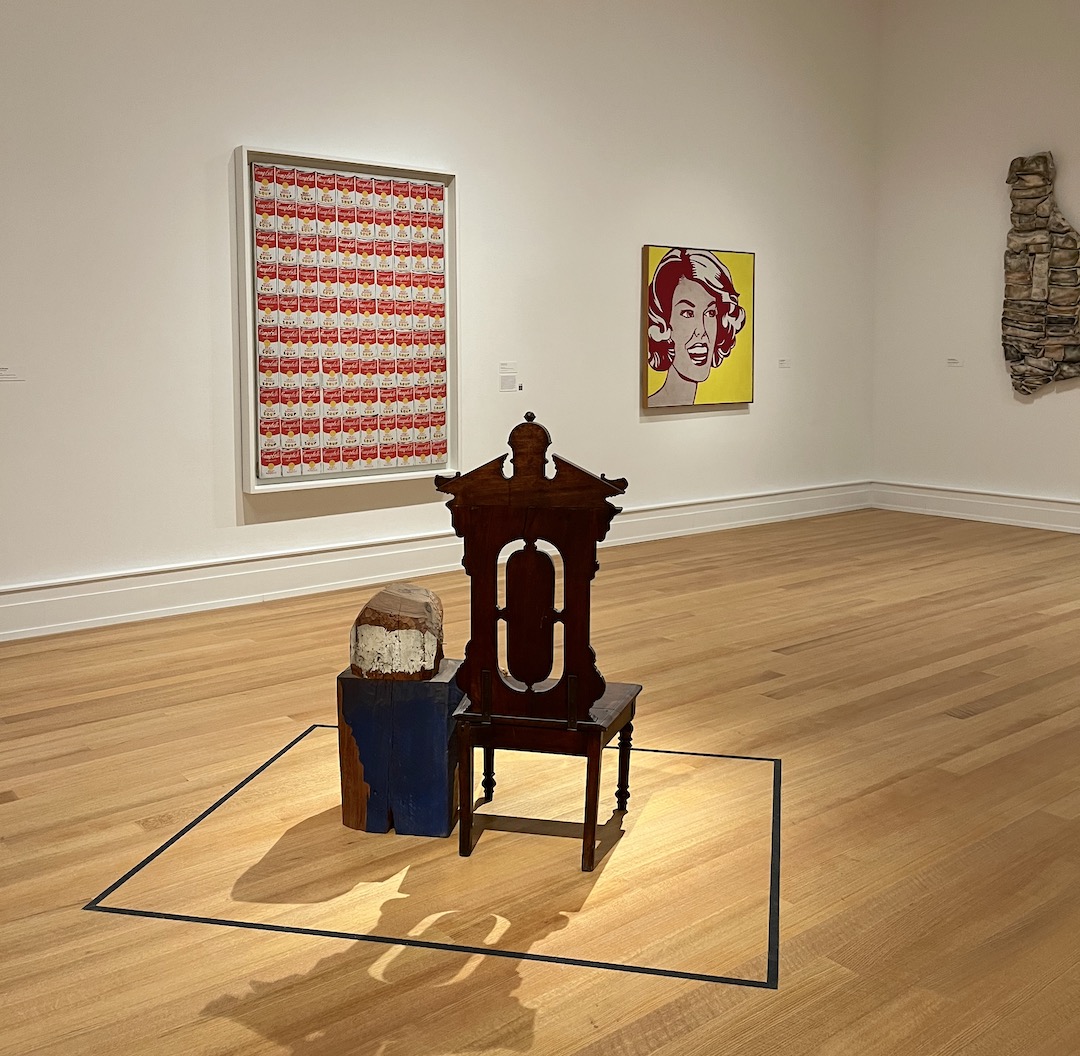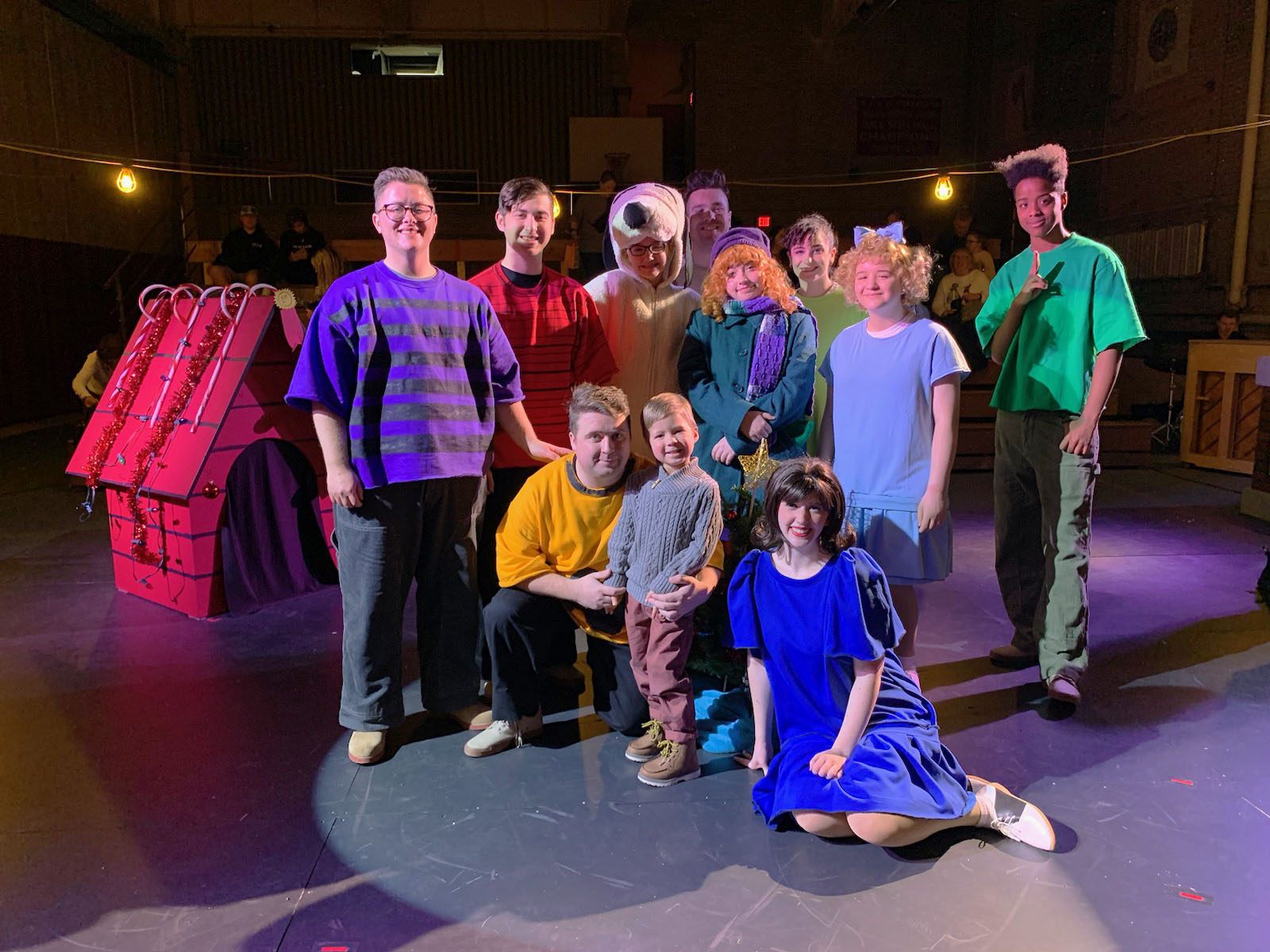Featured News - Current News - Archived News - News Categories
Every 60 years, the local art gallery formerly known as the Albright Knox experiences a major change; many were witness to its historic reopening last week
By Michelle Blackley Glynn
Contributing Writer
Art plays a vital role in any urban landscape. When that landscape is Delaware Park, designed by Frederick Law Olmsted, and the creative space within it is not only getting a makeover, but a name change, culture erupts.
Last week, the Albright Knox Art Gallery officially reopened its doors to the public, except the Gundlach building, due to receive some minor finishing touches this month. This addition to the campus has given way to its new name, the Albright Knox Gundlach Art Museum (AKG), designed by OMA/Shohei Shigematsu. It is refreshed, reorganized and rejuvenated, and ready to welcome patrons in every sense.
The gallery is currently underway in celebrating its inaugural year, welcoming fanfare and attention from around the world.
“We needed this,” said an AKG gala attendee last Saturday evening.
The AKG now offers a free public space in its new Indoor Town Square, a 6,000-square-foot indoor lobby that was formerly an outside courtyard, and a green space called the Great Lawn. Where a tree (planted by Jane Knox) once stood is now the captivating sculptural work, “Common Sky,” by Studio Other Spaces. Guests can also visit the Cornelia café or family room adjacent to the space. Across the way, there is also a LEGO space for play, the first and only one of its kind in the world.
It will be open “soon,” according to LEGO Foundation installers, who as late as last week were assembling work spaces designed to stimulate creativity through play.

Inside the renovated Sculpture Court at the Wilmers Building.

Andy Warhol’s “Campbell's Soup Cans” (1962).
••••••••
How It Came to Be
As early as 2012, the Albright Knox laid the groundwork for a future campus expansion project.
In 2016, Buffalo-native billionaire businessman Jeffrey Gundlach, aka the “Bond King,” promised a $42.5 million matching gift to leverage the support of individuals, foundations and government agencies to a capital campaign that started a year prior, with former M&T Bank Chairman and CEO Robert Wilmers at the helm of the campus development and expansion project.
Gundlach donated the money after learning about the initiative from his mother. As a boy, his grandmother would take him to the Albright Knox.
In November 2017, Gundlach announced a second matching challenge up to $10 million. In 2022, the capital campaign was completed with a total of $230 million, the largest for a cultural institution in the history of Western New York. In total, approximately $195 million was raised for construction, with an additional $35 million raised in operating endowment funds. Gundlach ended up donating a total of $65 million to the $230 million expansion project.
“I wanted to see the money be used more obviously,” Gundlach was reported as saying.
As recently as May 2023, New York State Sen. Sean Ryan secured a $5 million state grant to support the over three years’ worth of renovations in the radically reimagined campus, and this money will go toward repairs to the museum’s iconic east stairwell and fountain; renovations to the museum’s auditorium, including refurbished chairs and a new projection screen, AV system, curtains and stage lighting; additional landscaping; and staff renovations in the Robert and Elisabeth Wilmers Building.
The History
The Albright Knox began with the Buffalo Fine Arts Academy in December 1862, during the Civil War, with former U.S. President Millard Fillmore among its incorporators. There was an understanding then of how and what you should paint.
That has changed.
Although guests are greeted by traditional paintings upon entering the Wilmers building, “It’s up to the visitor's interpretation,” said Holly Hughes, Godin-Spaulding senior curator. “Our story begins with artists.”
What This Means for WNY
Cultural attractions also generate jobs while stimulating the local economy through consumer spending and tourism. According to AKG Peggy Pierce Elfvin Director Dr. Janne Siren, his staff has more than doubled since he came on board in 2013.
“We wanted to create something new and something unforeseen, welcoming, a sense of belonging,” Siren said. “A large part of the project was refreshing the architecture and treasures, caring for the old historic buildings, making them ADA-compliant, and of and for the people.”
The project was involved, facing normal discoveries construction usually reveals, such as having to replace sewage pipes in the basement from 1905, and delays due to supply frustrations during the pandemic; but the AKG had faced similar strife during its major projects before – such as World War II.
Highlights of the project include a curved, mirrored Albright bridge connecting the Gundlach and Wilmers buildings, creating a vibrant and integrated landscape; building an underground parking infrastructure that presents a yet-to-be installed Venetian knitted artwork, “Others Will Know,” by Swedish-born Miriam Backstrom; and dedicating a wing to community engagement.
All the while remembering the property the AKG stands on once belonged solely to the Seneca Nation – and even keeping the oak trees intact – the newly constructed, glass-walled Albright bridge reflects and then dissolves into nature at certain points of the day.
The redesign is also giving way to a green space, resurrecting art classes and “First Fridays” tours, a weekly fall film series, and music in the Town Square – a 6,000-square-foot hub of community engagement. There will be an addition of local artists giving demonstrations, and that same artist will then work with AKG to develop drop-in workshops.
“I do feel that the expansion and reopening of the Buffalo AKG will have an immediate and long-lasting impact on overall visitation to Buffalo and the region,” Visit Buffalo Niagara President Patrick Kaler said. “The existing collection is regarded as one of the top in the world for contemporary art; however, the former configuration of the gallery space didn’t allow for much of the collection to be on display. This expansion will truly show the world the art treasure that lives here.”
According to Siren, the permanent collection space has doubled, while three to six special exhibits could be on display at a given moment on one of the three floors, in the all-glass, 30,000-square-foot Gundlach building, including the dedicated Nordic Gallery on the first floor.
“This is a game-changing addition to the arts, culture and architecture narrative that Visit Buffalo Niagara will be weaving into our overall marketing and communications strategy both domestically and internationally,” Kaler said. “This is a collection that the world will need and want to see, while experiencing the significant architecture of Wright, Richardson and Sullivan, our beautiful waterfront and year-round outdoor recreation, exceptional food that begins with the chicken wing and ends with global flavors, and, of course, the natural wonder of the world of Niagara Falls only 20 minutes away from downtown Buffalo.”
The Buffalo AKG Art Museum is located at 1285 Elmwood Ave., Buffalo; and online at buffaloakg.org.





























